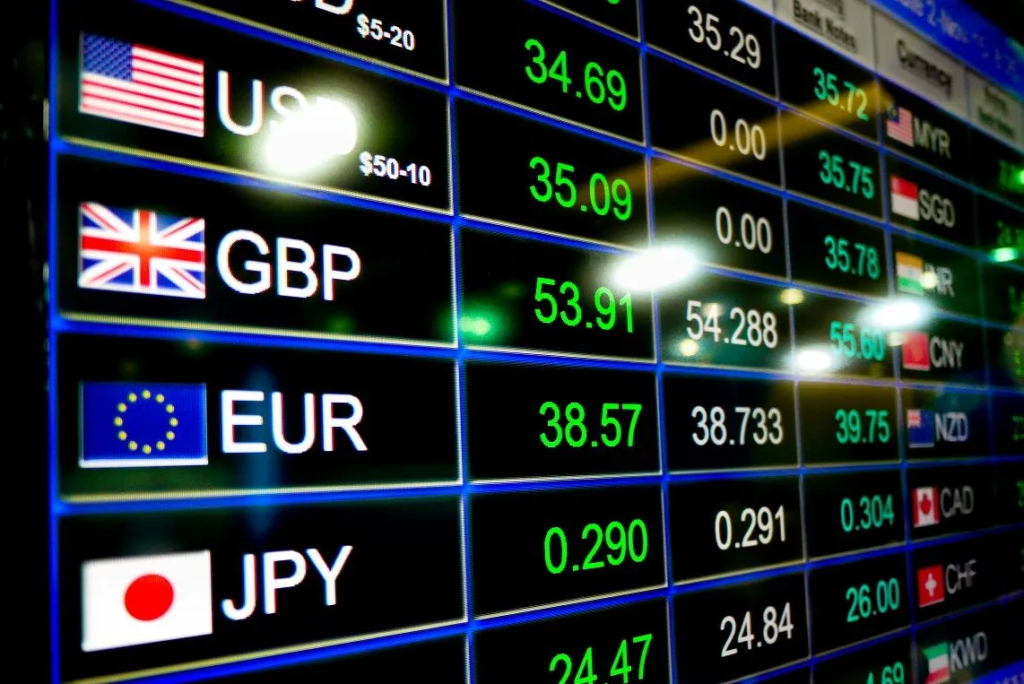Navigating the Forex Frontier: A Beginner’s Guide
The Forex market, small for foreign change, stands as the greatest and many water economic industry globally. It serves as a decentralized marketplace where players deal currencies. Unlike old-fashioned inventory exchanges, the Forex industry works 24 hours a day, five times per week, reflecting the world wide character of currency trading and allowing players from different time areas to take part in transactions seamlessly.
In the middle of Forex trading is the trade of 1 currency for yet another, and each purchase involves two currencies building a currency pair. The trade rates of these currency pairs change based on various factors, including economic signs, geopolitical functions, and industry sentiment. The goal of Forex traders would be to anticipate these currency activities and capitalize in it to create profits.
Essential players in the Forex industry contain key banks, professional banks, institutional investors, hedge resources, corporations, and personal traders. Key banks play an essential role in influencing currency values through monetary policy choices, while institutional investors and corporations engage in Forex transactions to handle exposure to currency risk related to global industry and investments.
The principal trading stores for Forex are situated in significant financial sites such as for instance London, New York, Tokyo, and Sydney. The marketplace works via a network of interconnected banks and electric trading platforms, facilitating immediate and continuous transactions. The option of leverage enables traders to control greater jobs with a somewhat small amount of money, increasing equally possible profits and risks.
Successful Forex trading involves a thorough comprehension of elementary and specialized analysis. Fundamental evaluation requires considering financial indicators, interest prices, inflation, and political security to measure the effectiveness of a currency. On one other hand, technical evaluation requires learning cost charts, styles, and indicators to identify potential access and exit points. Traders usually use a combination of these analyses to produce educated decisions.
Chance management is just a critical facet of Forex trading. Given the volatility of currency markets, traders utilize various chance administration methods, including placing stop-loss instructions, diversifying portfolios, and deciding position measurements relative to account size. Disciplined chance administration is vital to mitigate potential losses and protect capital.
The Forex market presents a variety of trading devices, including spot transactions, futures contracts, options, and currency swaps. Place transactions include the direct trade of currencies at the prevailing exchange rate, while futures agreements and possibilities offer traders with resources to hedge and speculate on potential currency movements. Currency trades are agreements between parties to switch currencies for a particular period, often useful for managing interest rate exposure.
The democratization of Forex trading has been facilitated by on the web tools that enable personal traders to be involved in the market. Retail traders may accessibility real-time ورود به آلپاری , perform trades, and employ different logical instruments through these platforms. While technological advancements have improved supply, it’s vital for traders to approach the Forex market with proper education, a well-thought-out strategy, and an consciousness of the related risks.

To conclude, the Forex industry is a vibrant and complicated financial environment wherever currencies are bought and sold. Their 24/5 operation, massive liquidity, and diverse participant base make it a engaging world for traders seeking opportunities. Nevertheless, the intricacies of Forex trading need a commitment to continuous knowledge, disciplined risk administration, and a nuanced comprehension of international financial facets influencing currency values.